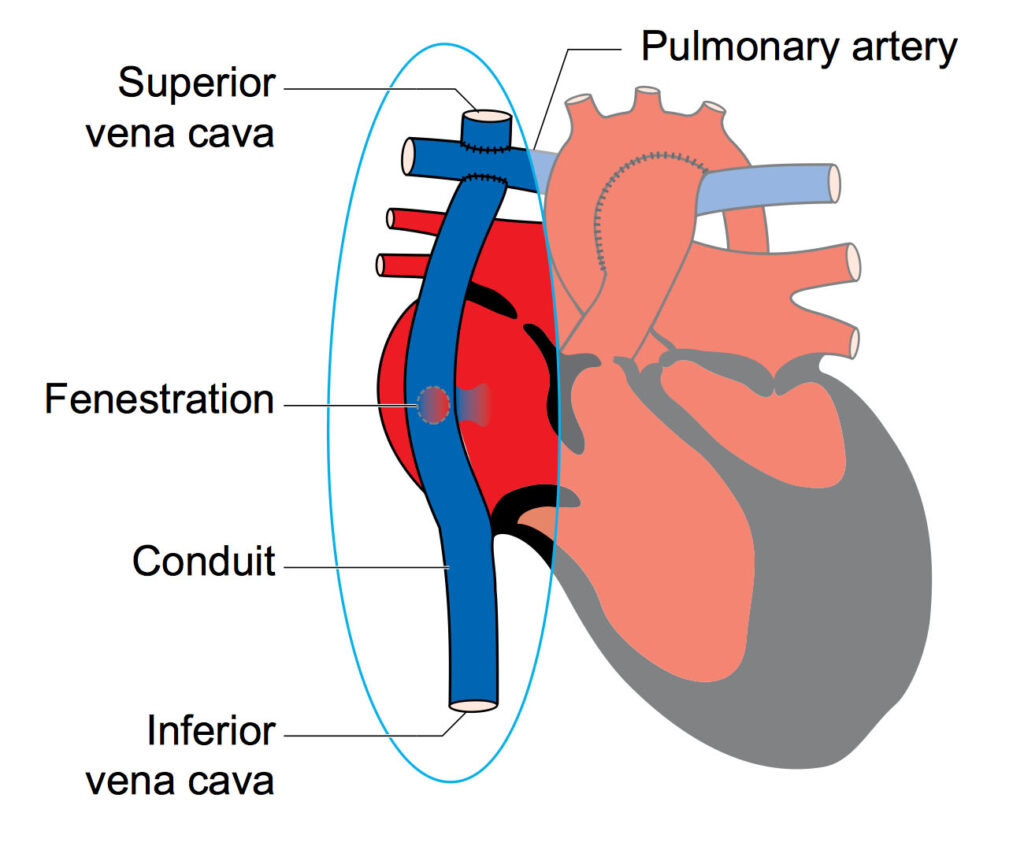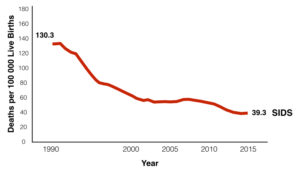The usual management for single ventricle congenital heart defects is staged surgical treatment leading to the Fontan operation. In this path, children go trough different phases or stages. Stage I is characterised by overwork of the single ventricle which has to pump blood to the lungs as well as the general circulation. With the second stage surgery (the superior cavopulmonary or modified Glenn anastomosis) some of this extra work is taken away from the single ventricle. With completion of the third stage surgery (the Fontan operation) the extra work to the ventricle is reduced almost completely.
Fontan circulation is very fragile and for it to work at its best the single ventricle, the only pumping chamber available, has to be able to pump very strongly. Additionally, the pumping chamber has to be able to relax very well so that the filling up of the ventricle can occur efficiently and quickly.
Unfortunately this is not always the case and it is not rare to see children where the filling of the ventricle is impaired as the ventricle has become stiffer and less able to relax.
The causes of the stiffening are not well known.
A group of paediatric cardiologists from Japan has studied in detail the factors associated with progressive stiffening of the single ventricle. They measured the blood levels of amino-terminal pro collagen type III (PIIIP), a marker of tissue stiffening, at each stage of single ventricle surgery in 172 children with single ventricle. They observed that PIIIP was elevated at each stage in children with single ventricle compared to healthy children but progressively dropped from the first stage to the post Fontan stage. Excessive overwork in the first and second stage of the surgical pathway and low oxygen levels during the staged surgical pathway were the factors associated with stiffer ventricles. The data also suggest that PIIIP can provide information of the ventricular stiffening process and could potentially represent a therapeutic target in children with single ventricle. As already known, appropriate management of the pre Fontan stages in terms of surgical strategy and timing of surgery emerge as very important factors.





